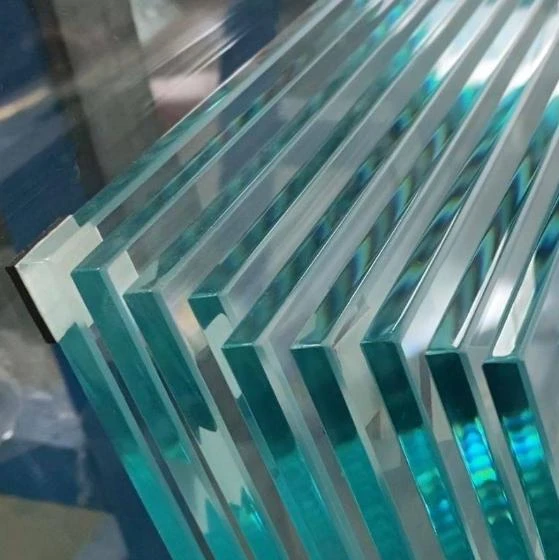In the realm of modern home design and energy efficiency, Low E replacement glass stands as a pivotal innovation redefining how homeowners approach windows and doors. With increasing environmental awareness and the pursuit of cost-effective home solutions, the demand for Low Emissivity, or Low E, glass is surging. This fascinating product not only enhances energy efficiency but also elevates the overall comfort and value of residential and commercial spaces alike.

To understand the appeal and functionality of Low E replacement glass, we must explore its constituent technology. At its core, Low E glass has a microscopically thin coating, often made of metal such as silver, that reflects infrared energy, or heat. This ability to reflect rather than absorb heat is crucial for maintaining internal environments; by doing so, Low E glass can effectively keep heat inside during the winter months and outside during the summer.
The benefits of installing Low E replacement glass are manifold and significant enough to warrant attention from both property owners and developers. From an energy efficiency standpoint, homes and buildings equipped with Low E windows often report substantial reductions in heating and cooling costs. By minimizing the exchange of heat between the inside and outside, HVAC systems experience less strain and operate more efficiently, ultimately translating into reduced energy bills and a smaller carbon footprint.

Moreover,
Low E replacement glass offers an added layer of protection against UV rays. While natural light is a desirable feature in any space, unchecked UV exposure can lead to fading of interiors, including flooring, furniture, and artworks. In this capacity, Low E glass plays a dual role, preserving the aesthetics of indoor spaces while still allowing ample sunlight to enter the home.
In terms of durability and longevity, Low E glass often outclasses traditional glass options. The protective coatings on Low E glass bolster its resistance to environmental factors, helping to prevent condensation, which can undermine the structural integrity of window frames and walls if not properly managed. As a result, Low E glass not only enhances immediate comfort and efficiency but also contributes to the long-term durability of window installations.
low e replacement glass
Professional installation of Low E replacement glass is crucial to harness its full potential. Companies specializing in architectural glass solutions typically deploy experts who understand the nuances of low emissivity coatings and the specific requirements of different building styles and climatic conditions. Whether integrated into new construction projects or retrofitted into existing structures, proper installation ensures that Low E glass functions optimally, offering the best possible return on investment.
For those considering a shift towards more sustainable and cost-effective building solutions, Low E replacement glass makes a compelling case as a smart investment. It is not just an addition; it is an enhancement, merging superior functionality with eco-conscious thinking. However, it is paramount for consumers to seek knowledgeable suppliers and experienced installers to ensure that their choice of Low E glass meets both aesthetic desires and functional needs.
Low E replacement glass is not merely a trend; it represents a shift towards more resilient and efficient construction practices that acknowledge the evolving challenges of the present century. It marks a move towards sustainable living, where energy savings and environmental considerations align seamlessly with design and comfort.
Studies by industry authorities like the National Fenestration Rating Council (NFRC) affirm that Low E glass can reduce energy transfer through windows by as much as 50% compared to non-coated glass. Such metrics underscore the fact that transitioning to Low E replacement glass is not just an environmentally sound decision but a financially prudent one as well.
In conclusion, while windows may have been overlooked in past efficiency initiatives, Low E replacement glass now demands a spotlight in the conversation about sustainable building materials. It embodies the essence of modern architecture's drive towards efficiency, offering a tangible solution to today's energy challenges. Whether through new construction or thoughtful upgrades, Low E replacement glass is reshaping how we perceive windows — not simply as functional panels of glass, but as significant components of our energy footprint, our comfort, and the wellness of our living environments.



